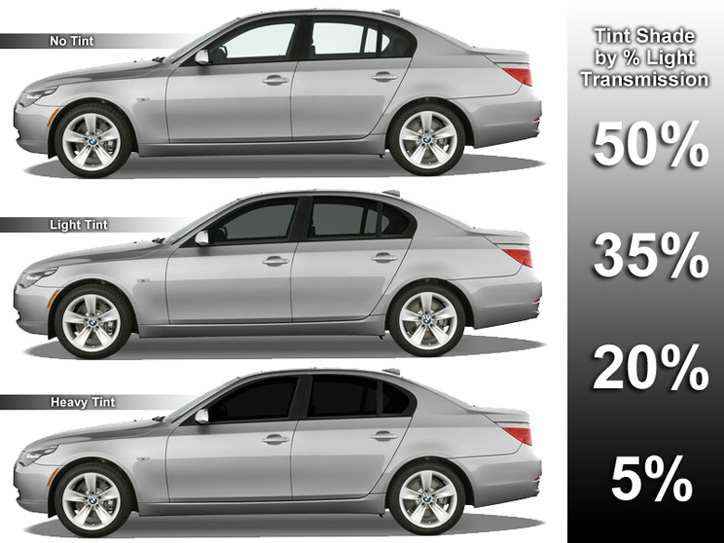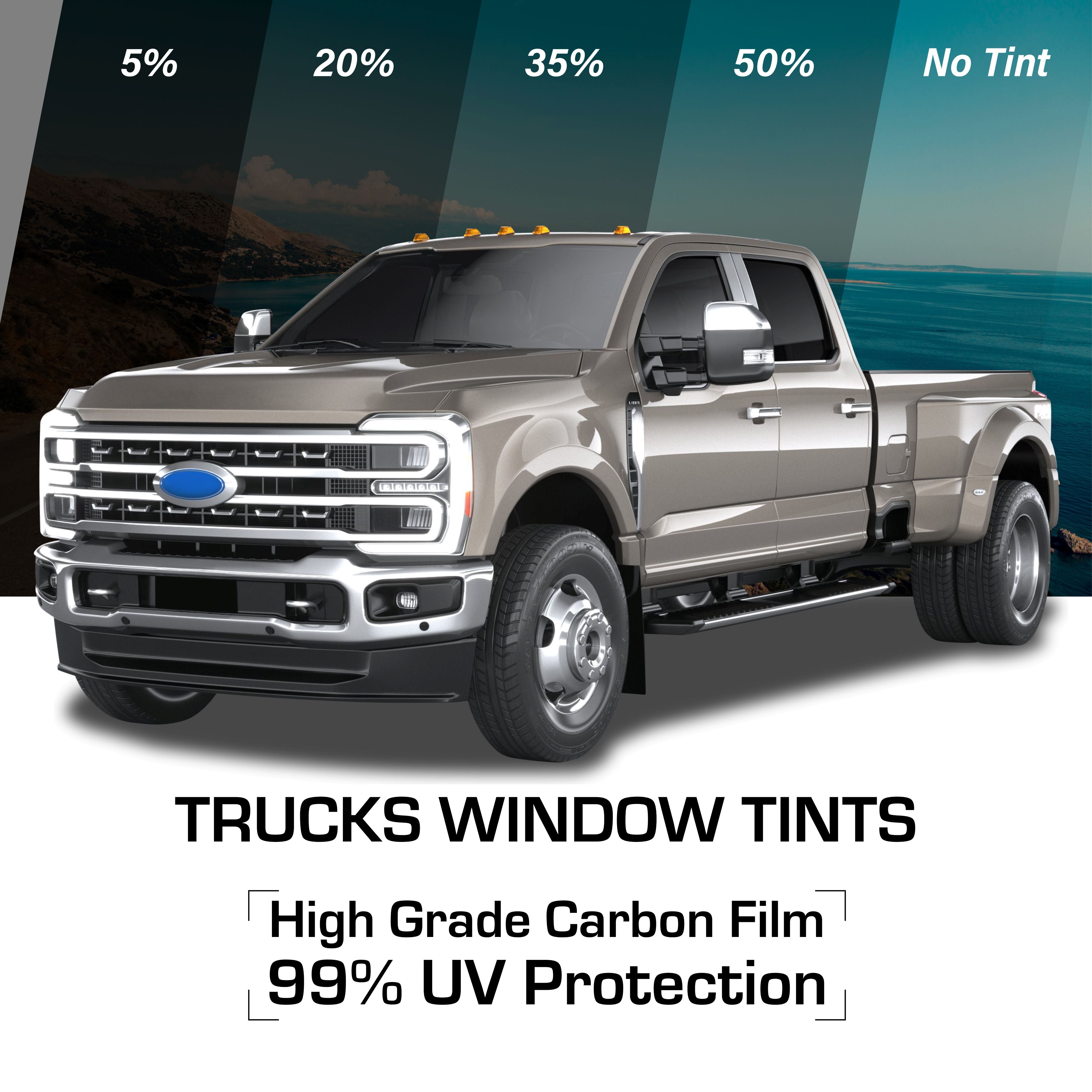Every little thing You Required to Know About Car Home Window Tinting for Your Car
Vehicle home window tinting is a useful improvement for numerous vehicle proprietors. It offers benefits such as increased convenience and power effectiveness. Numerous tint films satisfy different needs and preferences. However, recognizing lawful laws and picking the right tint percentage is crucial. The installment process and proper maintenance likewise play substantial roles in guaranteeing the durability of the color. What various other aspects should one take into consideration prior to deciding on window tinting?
Benefits of Car Home Window Tinting
Some car proprietors may overlook it, vehicle window tinting offers various advantages that improve both the driving experience and the car's durability. Among the key benefits is the decrease of warmth build-up inside the automobile, permitting an extra comfortable adventure, especially throughout warm weather condition. This can result in reduced dependence on a/c, improving gas efficiency.Additionally, window tinting supplies defense against hazardous UV rays, which can cause skin damage and discolor indoor materials gradually. By blocking these rays, the color assists protect the automobile's inside and preserve its resale value.Moreover, colored windows can improve personal privacy and security, as they make it harder for outsiders to see inside the automobile. This added layer of defense can prevent possible theft. In general, vehicle window tinting works as a functional investment that adds to the car and both convenience's overall health.
Kinds Of Home Window Tint Films
When considering automobile home window tinting, vehicle owners run into a selection of window tint movies, each developed to fulfill specific needs and preferences. The very first classification is colored window film, which provides a fundamental level of privacy and UV protection while being affordable. Next, metalized films include tiny metallic particles, reflecting warmth and improving sturdiness, although they may hinder electronic signals.Ceramic movies are one more alternative, recognized for their remarkable heat rejection and clarity, using high efficiency without signal disturbance. Finally, crossbreed films combine features of colored and metalized movies, striking an equilibrium between cost and capability. Each type of window tint movie offers special advantages, enabling car owners to select based on their particular demands, such as warm control, budget, and appearance considerations. Recognizing these choices is vital for making an informed choice pertaining to vehicle home window tinting.
Understanding Lawful Regulations
When considering automobile home window tinting, it is important to understand the legal policies that govern tint darkness limits and windscreen color requirements. These regulations can vary substantially from state to state, impacting what is acceptable for car proprietors. Acquainting oneself with these laws assurances conformity and aids avoid prospective fines or fines.
Tint Darkness Limitations
Exactly how can lorry owners assure they continue to be compliant with local laws relating to home window tinting? Comprehending color darkness restrictions is necessary. Each state has specific guidelines that dictate the acceptable levels of darkness for home window colors, which are measured by Visible Light Transmission (VLT) percents. Normally, front-side home windows should allow a higher portion of light contrasted to rear windows. Some states may allow just 30% VLT for front home windows, while the rear windows may be permitted to have especially darker colors. To assure conformity, vehicle owners ought to seek advice from state guidelines or neighborhood police for exact info. Additionally, certified tinting specialists can give understandings about lawful restrictions, making sure that automobile proprietors make informed decisions.
Windshield Color Regulations

State-Specific Legislations
Guiding through the landscape of state-specific laws relating to auto window tinting requires mindful attention to detail, as policies can vary considerably from one state to another. Each state has its very own set of guidelines regulating allowable color portions, sorts of products, and placement on automobile windows. For instance, some states permit darker colors on rear windows while banning them on front windows, while others have more stringent general restrictions. Additionally, particular states mandate using specific materials or require certification from installers. Failure to abide by these policies can result in fines or the need to get rid of non-compliant color. Subsequently, lorry owners need to consult their state's Department of Motor Cars or relevant authority to ensure adherence to neighborhood laws
Choosing the Right Color Percent
When choosing the best color percentage for a car's home windows, one must take into consideration numerous elements that affect both aesthetic appeals and capability. Tint portions generally vary from 5% to 70%, with reduced portions supplying darker shades and higher portions permitting a lot more light in. A darker tint can boost privacy and decrease glow, while a lighter color can preserve presence and follow lawful restrictions.Furthermore, individual choice plays a considerable role in this decision. Some individuals might like the sleek look of darker colors, while others might favor an extra open, ventilated feel. Additionally, the vehicle's objective ought to be taken into account; as an example, those using dig this their lorries for industrial functions might go with lighter colors to maintain a specialist look.Ultimately, the right color percent balances individual design, comfort, and adherence to regional policies, guaranteeing a satisfying tinting experience.
The Installation Process
An effective installment of window tint needs mindful focus to detail and the right tools. The procedure typically starts with extensive cleaning of the home windows to get rid of debris, dirt, and dirt, guaranteeing correct attachment of the movie. Once the surface areas are prepared, the installer measures and cuts the tint film to fit each home window accurately.Next, the movie is placed on the glass, commonly making use of a service to assist in simple modification and prevent air bubbles. Warm is in some cases related to the movie to adhere it to the home window's curves, boosting its look and longevity. After verifying a smooth fit, the installer thoroughly cuts any kind of excess movie along the edges.Finally, the installer look for blemishes and confirms all sides are safe and secure. This meticulous technique is vital not only for aesthetics yet additionally for attaining the desired efficiency advantages of home window tinting, such as UV security and heat reduction.
Maintenance and Take Care Of Tinted Windows
Appropriate maintenance and treatment are important for maintaining the integrity of colored windows. Efficient cleansing techniques, the avoidance of harmful chemicals, and routine inspections for damages play essential duties in making sure longevity. By following these standards, car owners can maintain the useful and visual advantages of their home window tint.
Cleaning Up Methods for Tint
Keeping the quality and durability of tinted home windows needs details cleaning methods tailored to the movie's fragile surface area. It is necessary to make use of a soft microfiber towel to prevent damaging the tint while cleaning. A gentle remedy of water and a couple of drops of mild meal soap can effectively get rid of dust and gunk. It is a good idea to apply the cleaning remedy to try this the towel, as opposed to straight onto the tinted surface, to avoid wetness from leaking into the sides of the movie. Gentle, circular movements need to be employed to clean up the home windows completely. Normal cleaning aids preserve visibility and prevents buildup, making sure that the color remains in prime condition gradually. Following these techniques will certainly extend the life of colored windows.
Preventing Unsafe Chemicals
Many house cleaning items are efficient on different surface areas, they can position substantial risks to colored windows. Chemicals such as ammonia, bleach, and certain solvents can weaken the tint movie, causing staining and peeling. People ought to go with pH-balanced cleaners specifically designed for colored home windows. Additionally, using soft microfiber towels will certainly assist avoid scratches and keep the tint's integrity. Routine upkeep is crucial; as a result, avoiding rough scrubbing or unpleasant products is crucial. It is a good idea to check out product tags carefully to verify compatibility with window tints. By picking the best cleansing solutions and devices, automobile owners can maintain the appearance and functionality of their tinted windows, guaranteeing a longer life-span and top efficiency.
Inspecting for Damage
Routine inspections of tinted home windows are essential for identifying any type of indicators of damage that may jeopardize their effectiveness and look. Proprietors must look for gurgling, peeling off, or discoloration, as these concerns can show poor setup or direct exposure to dangerous elements. It is recommended to examine the sides of the film where peeling off may evaluate and start for any kind of scrapes that can impact presence. In addition, ultraviolet (UV) rays can trigger the tint to break down over time, so checking its efficiency in blocking UV light is important. If any kind of damage is found, timely activity ought to be taken, which might include professional repair service or replacement. Maintaining colored windows not only boosts appearances yet also warranties continued protection for both guests and the car inside.
Common Misconceptions About Home Window Tinting
What misunderstandings border window tinting for cars? Numerous individuals think that all window tints are illegal, yet regulations vary by state, enabling details degrees of tinting. One more usual myth is that darker colors block more warm; nevertheless, the effectiveness of window films depends upon their modern technology instead of darkness. Some this link people additionally think that window tinting is solely for looks, forgeting its benefits, such as UV defense and glare reduction. Additionally, many think that window tinting will damage their vehicle's glass, yet properly used tints can really enhance glass durability. Ultimately, there is a belief that window tints block exposure, yet premium movies are created to maintain clear sightlines while providing privacy. Comprehending these myths aids customers make notified choices pertaining to window tinting, ensuring they delight in the complete series of advantages it provides.
Frequently Asked Concerns
How Long Does Home Window Tinting Usually Last?
The long life of home window tinting varies based upon factors such as setup top quality, movie kind, and environmental conditions. Normally, high-quality tint can last anywhere from 5 to 10 years prior to requiring substitute or reapplication.
Can I Remove Home Window Color Myself?
Eliminating window color oneself is feasible, though it may be tough. Individuals should make use of a warmth source and sticky remover to reduce the procedure, but caution is advised to prevent harming the car's glass or interior.
What Devices Are Required for Do It Yourself Home Window Tinting?

Will Home Window Tinting Damage My Car's Glass?
Home window tinting, when used correctly, usually does not damage a cars and truck's glass. Improper installment or low-grade movies might lead to peeling off, gurgling, or scratching, possibly jeopardizing the honesty of the glass over time.
Can Tinted Windows Affect My Vehicle's Resale Value?
The influence of colored windows on a car's resale worth can differ. While some customers appreciate the added personal privacy and UV security, others may watch it as a prospective problem, potentially affecting resale positively or adversely. When thinking about vehicle window tinting, lorry owners come across a range of window color films, each made to meet certain needs and preferences. When thinking about auto home window tinting, it is vital to recognize the legal laws that regulate tint darkness restrictions and windscreen color demands. Typically, front-side home windows should permit a greater percentage of light contrasted to rear windows. Some states might enable just 30% VLT for front windows, while the back windows may be permitted to have notably darker tints. Some states permit darker tints on back home windows while prohibiting them on front windows, while others have stricter overall limitations.